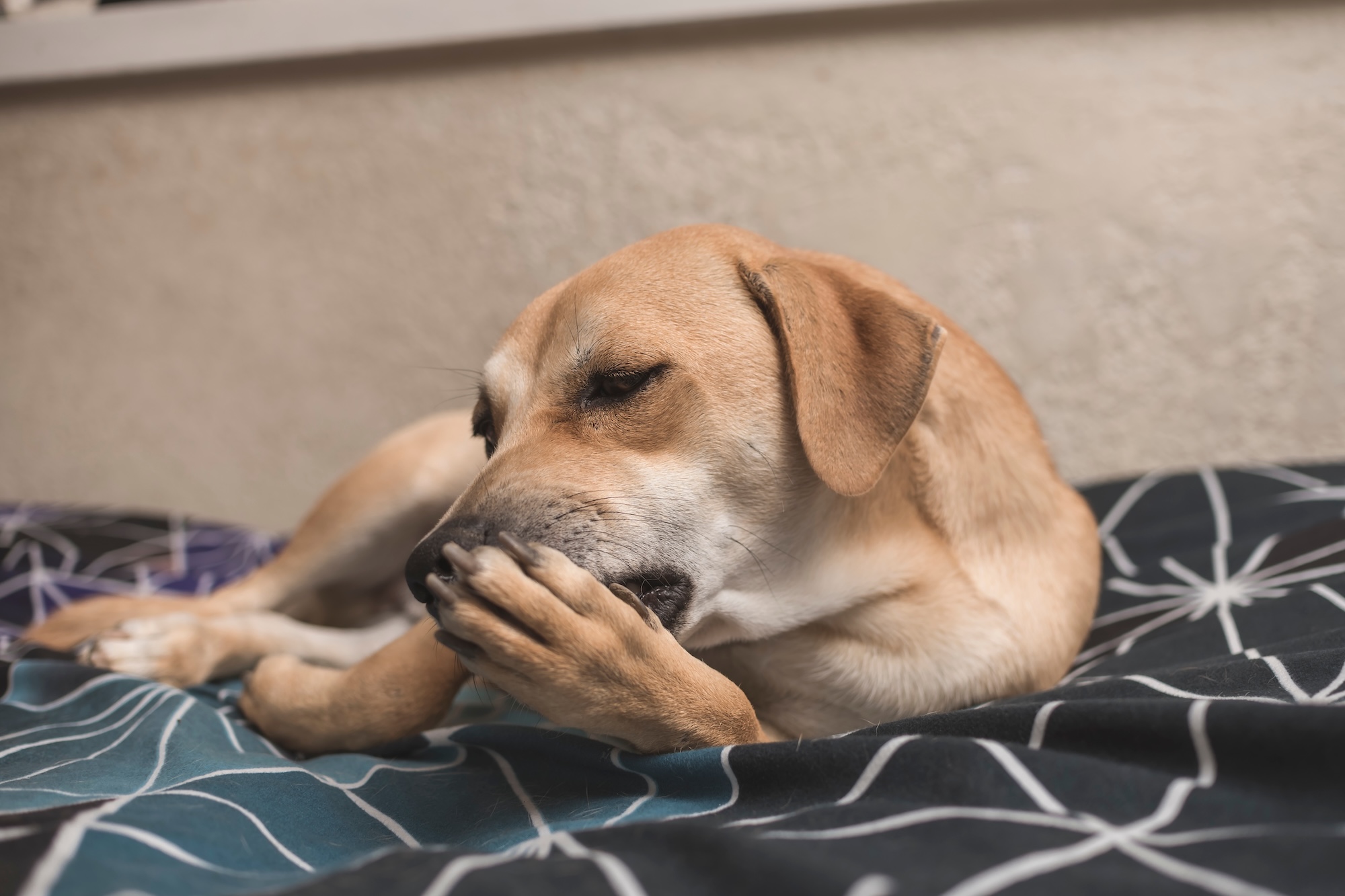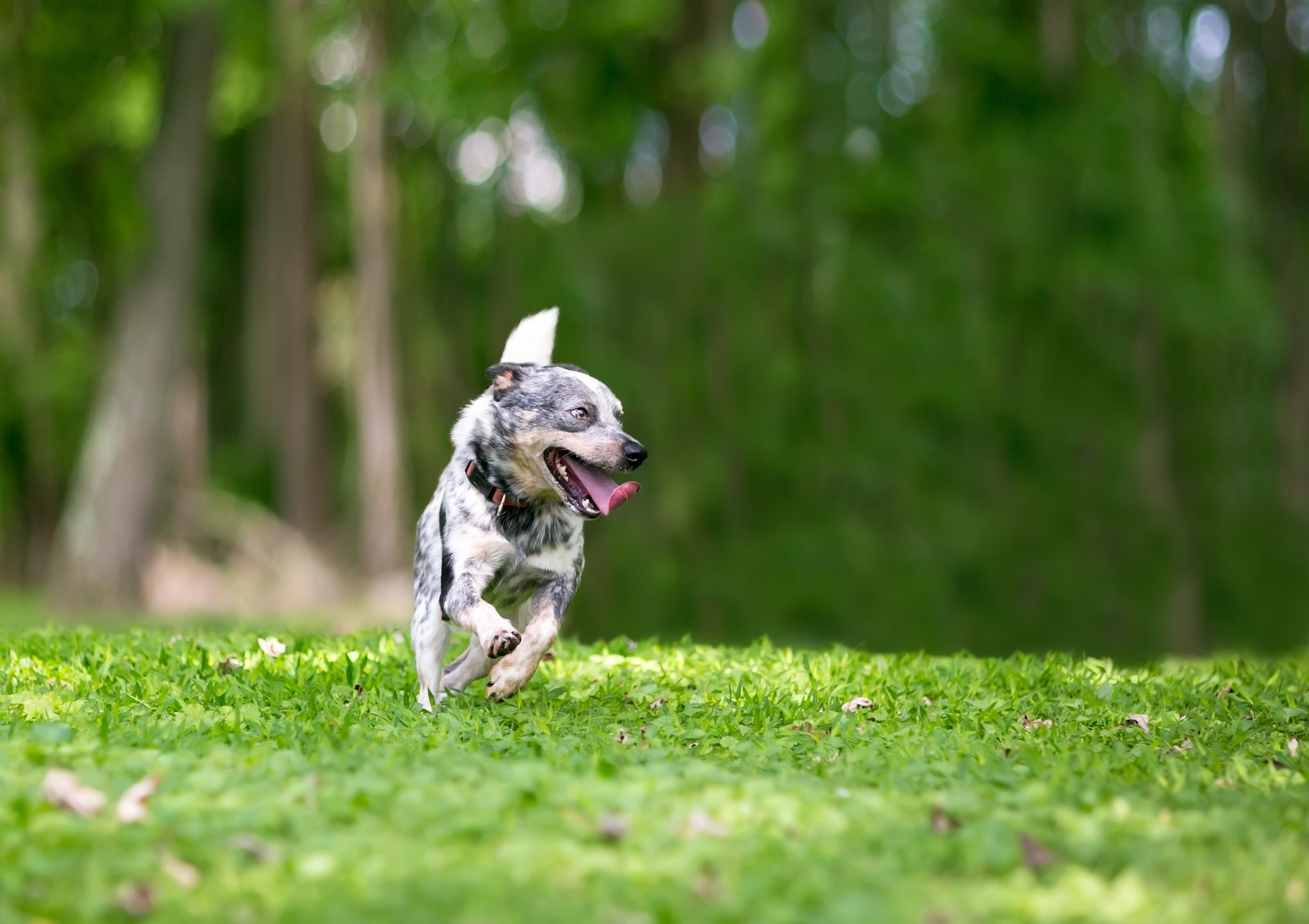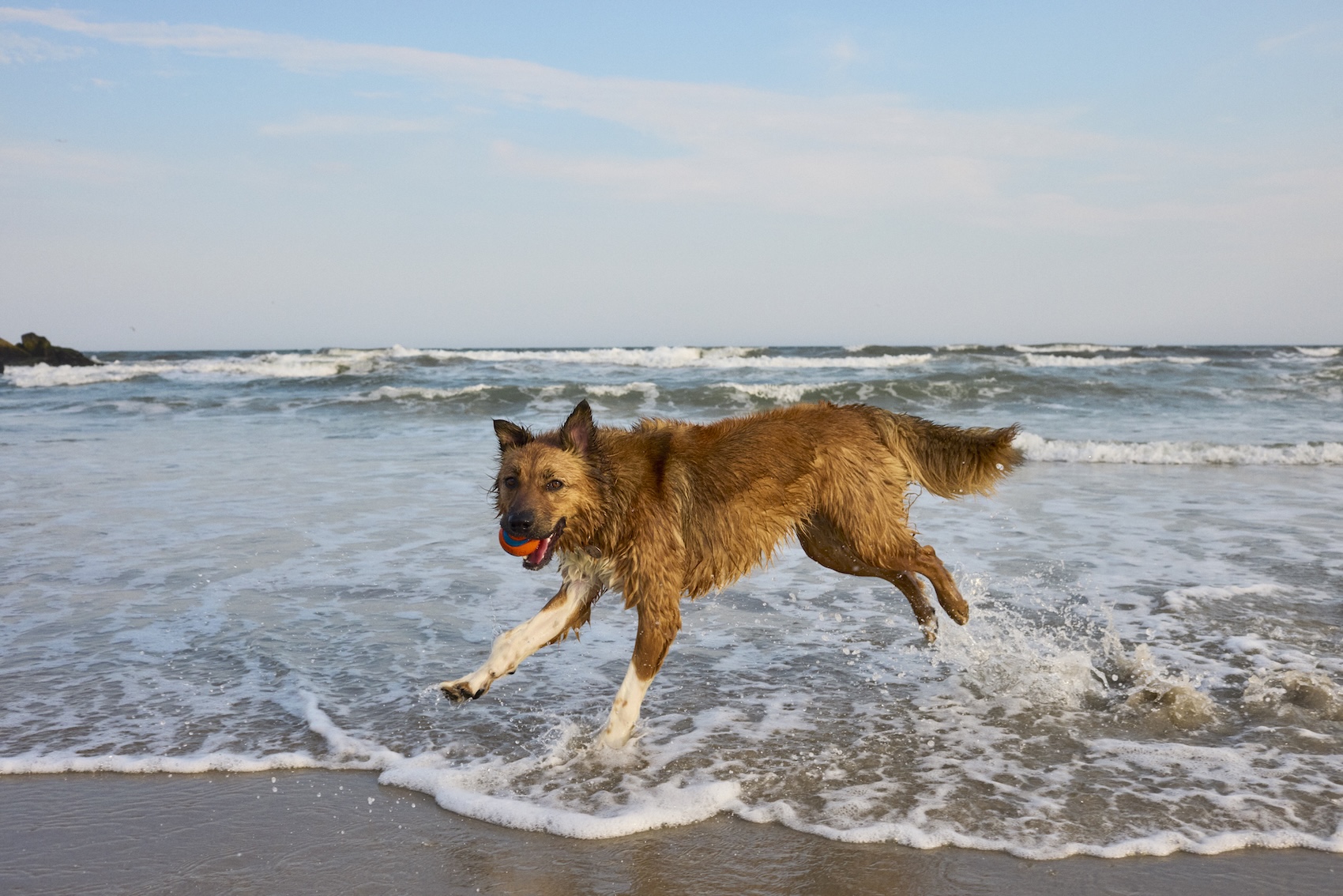Think about the choices you make every day—what will you eat for breakfast? What clothes will you wear? Which task will you do first at work? Will you stay in at night, or go catch a movie? Chances are, within certain limits, you’re deciding all sorts of matters for yourself on a routine basis.
There are many great things about being a dog in a loving family, but there’s no way around the fact that they have fewer choices than we do.
When we talked to Dr. Ellen Furlong—an Associate Professor of Psychology at Transylvania University in Kentucky—about letting dogs choose toys, she framed it this way: “If we think about our own lives, we have a lot of variety; we have a lot of control and choice over our lives, and dogs really don’t.”
Imagine what your life would be like if you never got to make a single decision—how anxious you might feel, and how bored you might be.
Dogs living in a human world have to follow human rules about what to do, where to go, what and when to eat, and so forth. Many of these restrictions exist for good reasons—without rules and training, dogs and the humans around them would be much less safe (you can’t and shouldn’t let your dog run into traffic, jump on strangers, or eat garbage). But that doesn’t mean your dog’s whole life should revolve around your orders.
Dogs are intelligent, curious creatures who need their lives to be interesting in order to be happy. And one way to make their lives more interesting and fun is to let them choose when you can. In that spirit, here are five good choices.
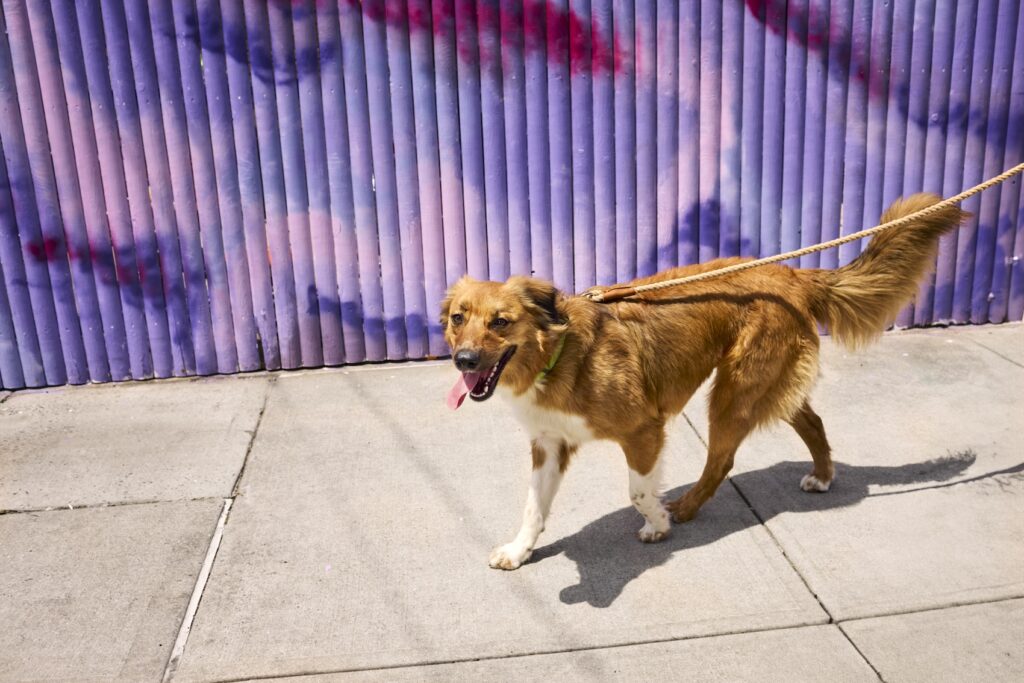
Which way to walk
There are different kinds of walks. Sometimes, if you’re bringing your dog outside for a quick bathroom break before you have to get back to work or run an errand, you might need them to stick to a certain schedule and route.
But dogs should also get walks where they can sniff and explore to their hearts’ content. The mental exercise is healthy for them. And, on those walks, as long as it’s safe, you can let them choose where you go. It may not be obvious why your dog wants to head in a certain direction—whether it has to do with what they smell, the earth’s magnetism, or something else—but, if you watch their body language, you may see signs that they enjoy doing so.
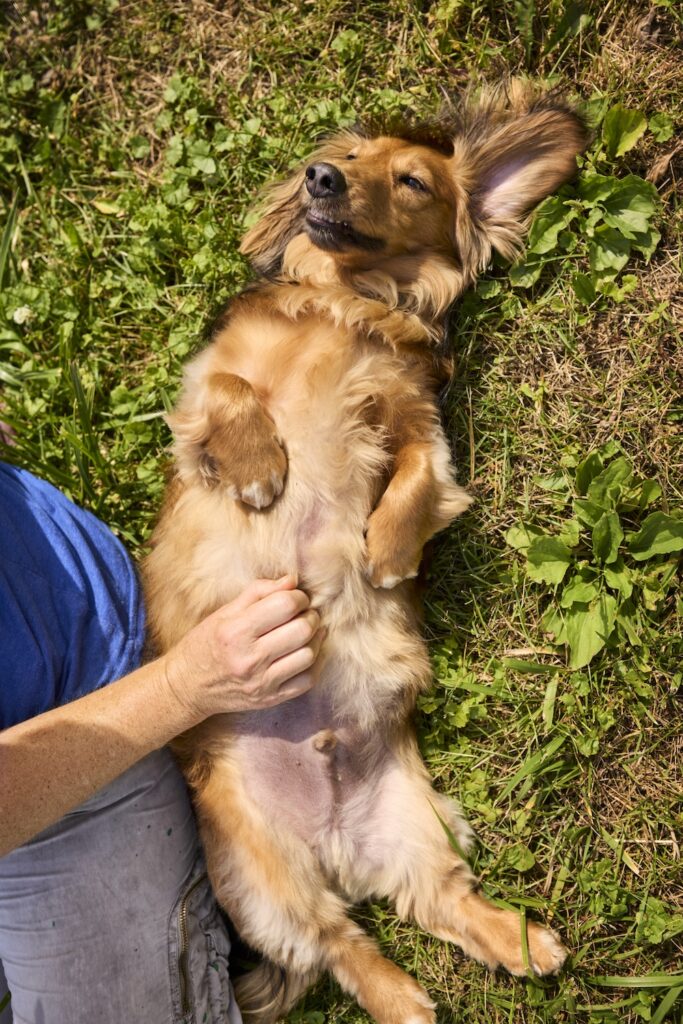
When to get pets, and how to be petted
Even dogs who love human affection may not want it all the time, and may not like every form of it. You can make your dog’s life less stressful by letting them choose whether, and how, they get petted.
A simple way to do this is via something called a “consent test.” Pet your dog for a moment, then pause. If they move toward you, ask for more with their paw, or show other signs that they want more, you have a green light. If they look somewhere else, walk away, or show other signs of fear or stress, stop. Over time, you’ll get an idea of the types of affection your dog likes—but remember that, like people, dogs can be in different mindsets at different times, and they might not always want affection. That’s okay.
When we talked to her for our story about how to tell if a dog likes you, Dr. Zazie Todd—a psychologist and certified dog trainer—told us that a dog’s response to a consent test should be clear. “If they liked what you were doing, they will make it obvious that they want more of it,” she said.
Whether to hang out with you or have some alone time
On a related note: Every dog should have a space in the home—whether that’s a crate, a bed, or a pen—where they can go if they don’t want anyone to bother them.
There’s a reason that dogs have a reputation as man’s best friend, and we bet your dog enjoys your company. But they still have a right to decide if they’re in the mood to be with you or spend a moment alone.
Set up a comfy spot with toys your dog likes. When they’re hanging out there, make sure everyone in the family lets them relax.
And, when your dog is out and about, don’t force them to interact with others if they’d rather not. Always give them a chance to walk away. Not only can forced social interaction be unpleasant for a dog—it can also lead to bites.
When to do a training session
Every dog needs to be trained, and dogs are learning all the time. But they can still decide if they’re up for a formal training session or not. If you bust out the treats and they aren’t into it—or if they lose interest after a while—why not give them a break? They may not feel like running through the same set of tricks.
This doesn’t mean not to train your dog—obviously, skills like sitting, recall, and a slew of others are crucial for them to nail—but they don’t have to learn them all at once, or when they’re too tired to focus.

Which chew, treat, or toy to get
When we spoke to Dr. Furlong for our article about dogs and boredom, she told us about letting her dog, Olive, choose between two chews every night:
Dr. Furlong pulls out two chews from her treat cabinet and asks, “Which one do you want?” Olive takes this decision seriously. “She’ll sniff one,” Dr. Furlong says. “She’ll sniff the other. She’ll pick one up and she’ll drop it like she’s changed her mind, then take the other one and frantically run away” so the cat doesn’t get it.
We can’t know exactly what’s going on in Olive’s mind when she takes her time considering which chew she prefers, but it’s clear that the choice engages her and improves her quality of life.
And the power of choice doesn’t just go for chews; it can work in all kinds of situations. Dogs need rules—but, when it’s safe for them to have a choice, it’s better to default to giving them one.



